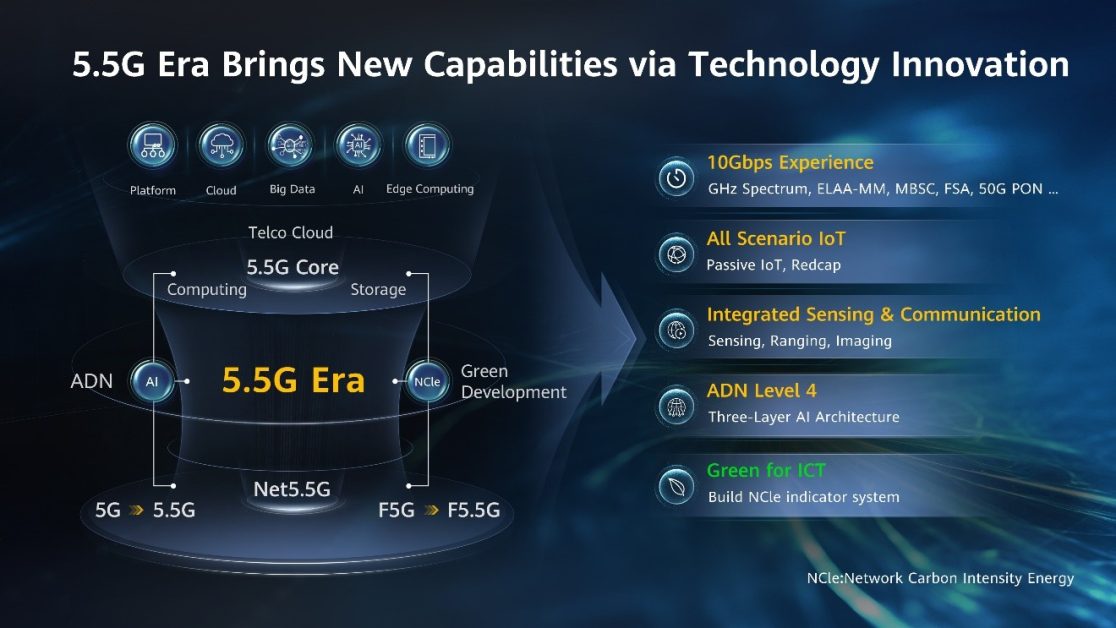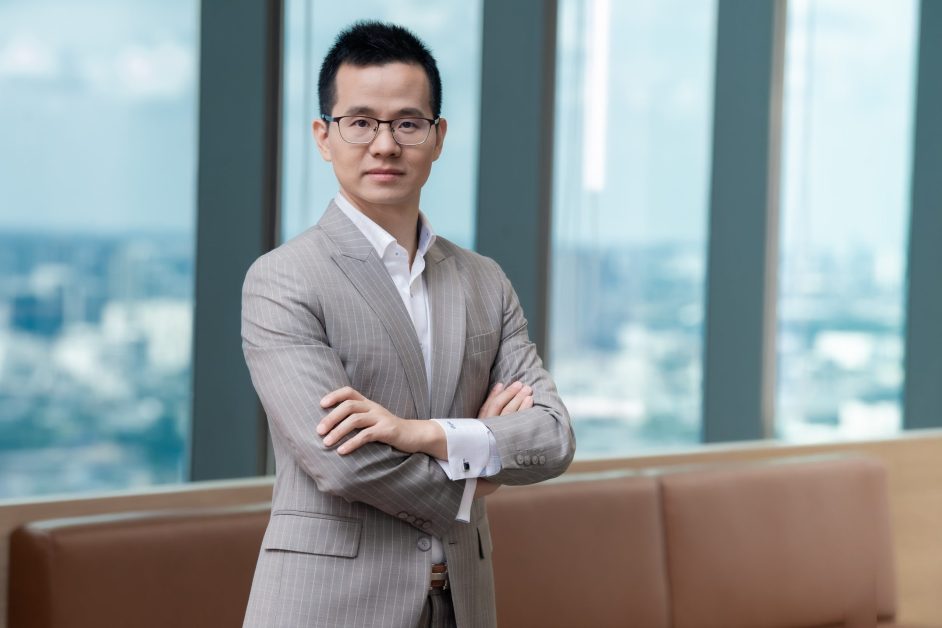Thanks in part to the explosive growth of numerous ‘unicorn’ startup companies and a population with an average age of just 30.2 years, Asia Pacific has firmly entered the golden era of its digital economy, driven by sustained and abundant demand for ICT infrastructure. The region is ripe for digital transformation and factors such as the global pandemic have only accelerated this process further.
As major countries in the Asia-Pacific region gradually open up, they are expected to maintain good recovery momentum in 2023, with GDP growth forecasts of over 4% leading to an overall upgrade in telecom consumption. Despite this, the region’s telecom market is developing unevenly, with 4G penetration rates ranging from 40% to 100% and 4G DOU ranging from 5GB to 40GB. As a result, neither the demographic nor the traffic dividend has been fully utilized and consumer communication needs are yet to reach their full potential.
Speaking at a media briefing at the Mobile World Congress (MWC) 2023, Huawei APAC Carrier Business Group President Abel Deng shared that the leading ICT provider has outlined numerous different approaches to bridge the digital gap and boost the digital economy in Asia-Pacific countries: “5G can significantly improve productivity. For example, in Thailand, Huawei is working with operators and partners to deploy 5G-enabled unmanned mining trucks, which has greatly improved efficiency, productivity, and employee safety. Mines are often located in remote areas lacking communication networks, so 5G networks can help provide daily communication connections for workers and mining fleet management applications. Another smart mining use case can be found in Indonesia, where production efficiency increased by 60% and fuel consumption was reduced by 30%.”
“Asides from mining, Asia Pacific is on the right track to embrace the opportunities of digital transformation in various industries. In Malaysia, the region’s first 5G offshore oil and gas platform was launched, with key line backups, AR assistance, and IoT services greatly improving communication reliability at a low cost. In Thailand, remote consultation services are now helping patients to receive diagnoses and treatment at anytime from anywhere via the 5G network. The 5G smart city of Pattaya has also enhanced its urban governance and quality of life by reducing the number of days of pollution by more than 20%.”
“By participating in these projects, Huawei has built up a wealth of expertise and experiences, with a solid foundation of ICT products and solutions. For wireless connectivity, Huawei pioneered massive MIMO AAU, leading Blade AAU Pro, and innovative MetaAAU. The MetaAAU, for example, enhances coverage and saves energy by up to 30%. This solution is very suitable for markets like Asia Pacific, which addresses the challenges of small physical site numbers and the large distance between them. For smart homes, the new-generation FTTR F30 series builds a ‘real gigabit’ network to bring ultimate digital life experiences to communities in the region.”
“Faced with booming demand and emerging opportunities in the digital era, an upgraded network of higher speeds with more automation and intelligence becomes increasingly important. Today, 5.5G is expected to bring operators a ten-fold increase in network performance over 5G, which can translate to 100 times more business opportunities.”
Joining hands for a win-win 5.5G era
At MWC 2023, Senior Vice President and President of ICT Products & Solutions at Huawei Yang Chaobin said: “With the rapid development of 5G, new service requirements are becoming more diversified and complex, posing higher requirements on 5G network capabilities. At this time, 5.5G is the only way to upgrade and evolve 5G networks. We have reached a consensus in the industry and seen a definite industry development trend. With the clear pace of 5.5G (5G-Advanced), F5.5G (F5G-Advanced), and Net5.5G standards, clear spectrum strategies, key technologies, and various application scenarios have been verified and industry consensus has steadily advanced, resulting in the acceleration of 5.5G networks for commercial use. Ten-fold improvements in network capabilities will trigger thousands of industries to release stronger digital productivity.”
At the event, Huawei presented five major characteristics of the 5.5G era: 1) 10 Gbit/s experience, 2) all-scenario IoT, 3) integrated sensing and communication, 4) Level 4 autonomous driving networks, and 5) green ICT.
Huawei also shared that as we move towards the 5.5G era, all industry players need to work together to bring standards to maturity and cultivate a thriving industry. To this end, Huawei proposed three recommendations: 1) The industry needs to work closely together to define a vision and roadmap for 5.5G; 2) The industry should define technology standards within the frameworks set by 3GPP, ETSI, and ITU; and 3) All industry players should work together to promote a thriving industry ecosystem by incubating more use cases and accelerating digital and intelligent transformation.
It should be noted that Huawei has always been a bright presence in the mobile network industry. With its leading products and solutions, continuous breakthroughs in innovative technologies, and outstanding industry and social contributions, Huawei has been widely praised throughout the industry. During MWC 2023 in Barcelona, Huawei even won 10 industry awards, demonstrating its market performance and operational strength.
In future, the intelligent world will be deeply integrated with the physical world. Personal entertainment, enterprise office, and industrial production will enter a new era of intelligent interconnection. This means that the requirements for networks will change from ubiquitous gigabit to ubiquitous 10GE, from connectivity to perception, and from energy consumption to energy efficiency.
At MWC 2023, Huawei introduced its GUIDE Model, a new vision and blueprint of benchmarks and paths towards the 5.5G era, involving a gigaverse experience for everyone everywhere, advanced automation speed-up, intelligent computing and network as a service, on-demand experiences for different customers, and lower carbon emissions.
Abel Deng summarized: “Huawei remains steadfast in our support for the digital progress of our partners, local communities, and the region as a whole for years to come.”
Source: Carl Byoir & Associates

